Winterberry holly (Ilex verticillata) is a deciduous shrub that is native to the eastern U.S. It is a great addition to the landscape because it produces bright red berries that persist through the entire winter and into spring. Winterberry holly leaves are dark green and elliptical, about two to three inches long. Greenish-white flowers appear on female plants in spring, which, if properly pollinated by a male plant, produce a dense crop of bright red berries in the fall. A slow-growing shrub with a rounded upright growth habit, winterberry typically grows 3 to 15 feet tall and readily suckers and spreads to form large thickets. It is generally planted in late summer to early fall, though spring planting is usually successful, as well. Winterberry holly is often associated with the Christmas holiday season and their berry-laden stems are used to add color to evergreen arrangements. Description from The Spruce
Home > Plant Guide >
Scientific Name
Family
Garden Type
Wildlife
Native Plant Region
Light needs
Water Needs
Plant Type
Bloom Color(s)
Height
Width
Months in Bloom
Safe Beneath Power Lines?
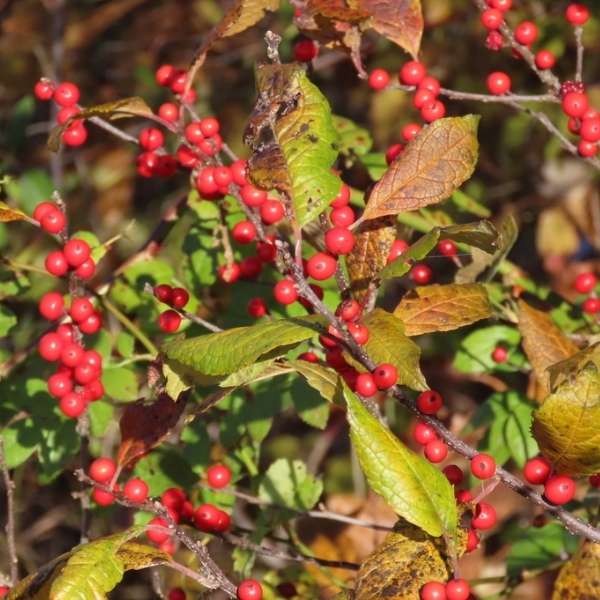
We’d like to maintain accurate and robust plant listings. If you see information that is not correct or that could be added to improve the listing, please let us know. Or if you’d like to suggest a plant to add to our plant guide, you can use this form do so. Thank you!
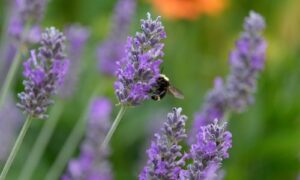
Check out our list of local wildlife-supporting plant stores and nurseries, organizations, and community science opportunities.
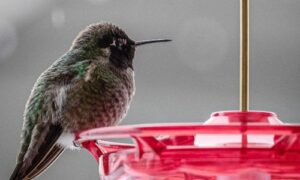
The urban environment presents dangers to wildlife that they are not always adapted to overcome. Reducing urban hazards is an essential part of enhancing habitat in cities. After all, we do not want to lure wildlife into our neighborhoods only to have them fatally collide with our windows.
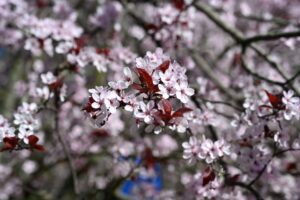
Gardeners can check out seeds for free from the library to plant. Then after harvest, gardeners bring seeds back to the library for others to enjoy in future growing seasons.

Protecting the trees and other vegetation that what we currently have is perhaps the most important way to ensure biodiversity in cities.
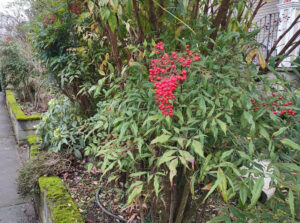
Some introduced plant species can diminish biodiversity. Other plants produce poisons that can harm wildlife. Learn what plants to avoid when figuring out what to plant or remove in your outdoor space.
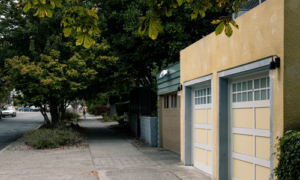
Take a virtual tour of Capitol hill with naturalist and author David B. Williams and gain a new appreciation of the nature of the city and its wild side.
Nature of Your Neighborhood is a collaboration between Birds Connect Seattle, the Capitol Hill EcoDistrict, and the Seattle Bird Conservation Partnership. Our goal is to foster relationships between the people and the nature of their neighborhoods.